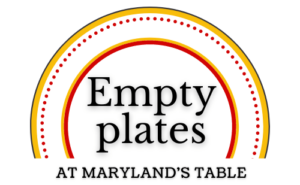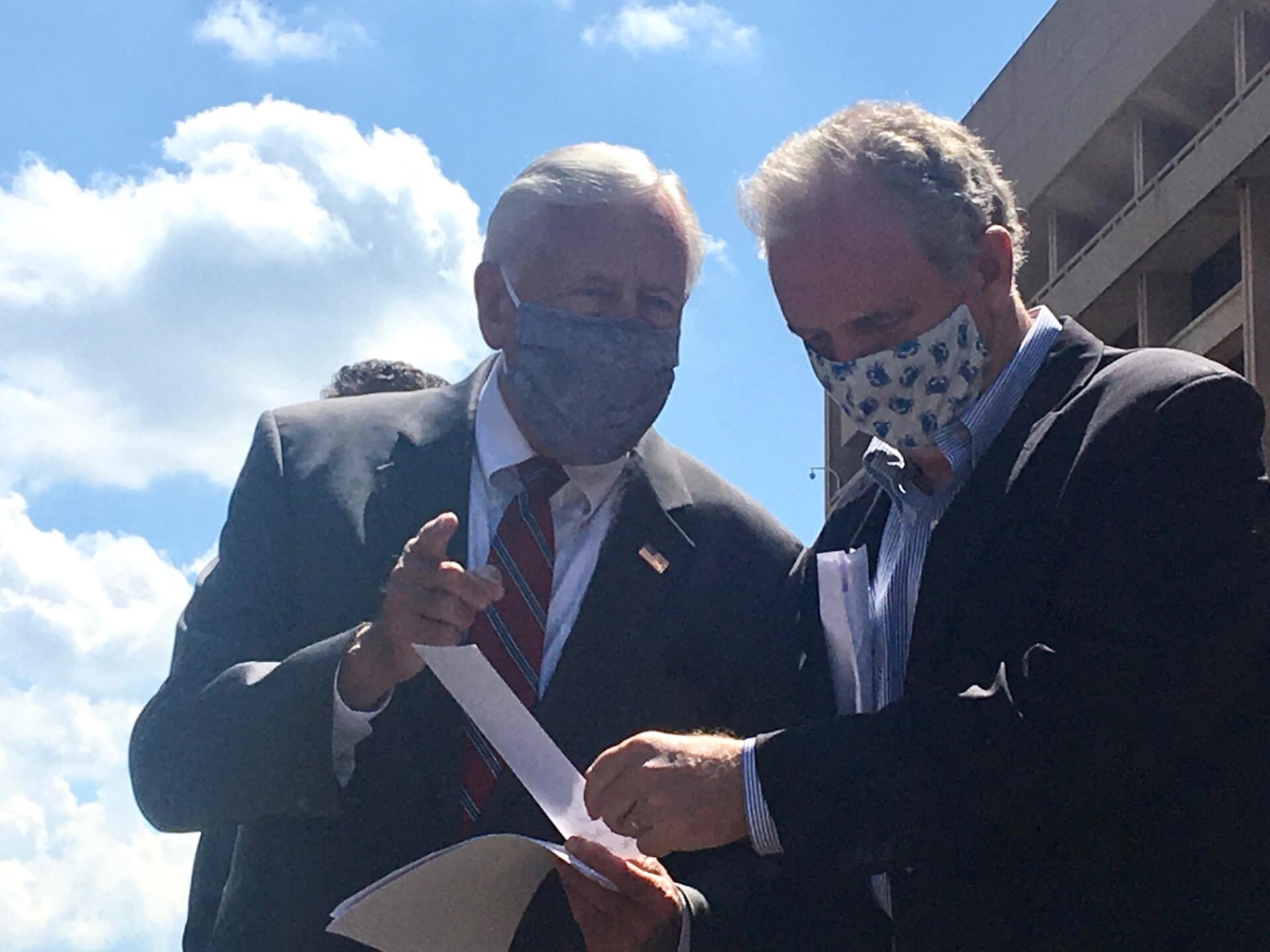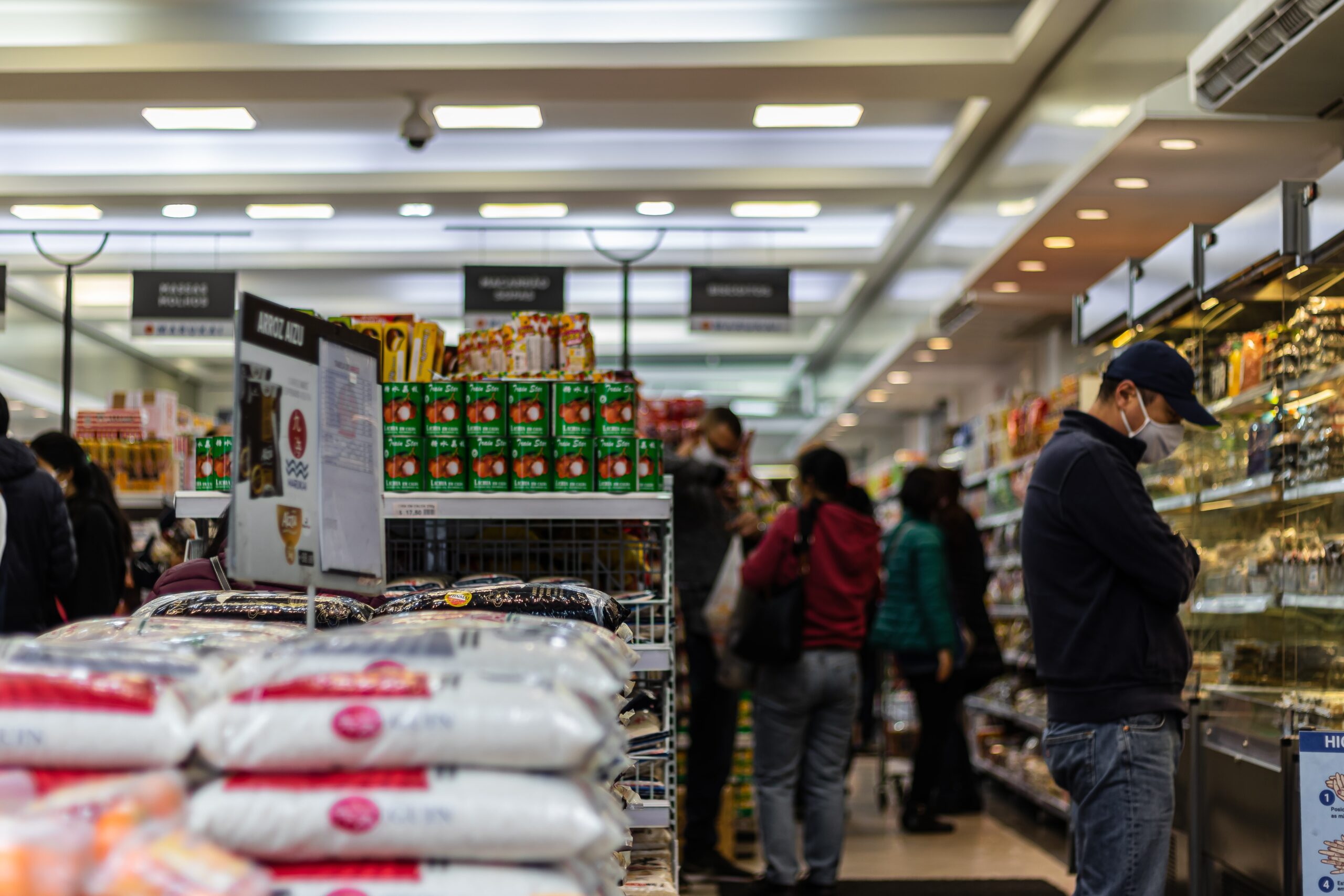Measuring Hunger: One Size Does Not Fit All

Third in a series

Manhattan, Kansas. Photo by Matthew Blomberg/Kansas State University
No one would ever mistake Manhattan, Kansas, for Manhattan in New York City. But that is precisely what the federal government does.
The federal poverty level – the minimum amount a person can supposedly live on – is $12,490 in Kansas. Twelve hundred miles away in New York, the federal poverty level is $12,490.
Does it cost more to live in urban New York than rural Kansas? Yes. Does the federal poverty level reflect that reality? No. Is this some isolated quirk in government statistics? No again.
The federal poverty level is just one small example of how broken government poverty measurements and formulas are. Who gets government help and how much that help will be is based on yardsticks that simply make no sense and are often contradictory.
The immediate impact of these broken measurements can be seen every day in almost any school in America. A child who is eligible for a free lunch at school because of her family’s income goes home to a family that cannot put dinner on the table because government assistance is not calculated on how much food actually costs.
But the problem of broken measurements is far worse than just gaps in government aid. As almost any course in business management will tell you, if you can’t define what the problem is, you will not be able to find a solution. Without an accurate way to measure hunger in America, the problem will never be solved.
The federal poverty level, for example, was created in the early 1960s by a researcher in the Social Security Administration (SSA) using data from an Agriculture Department survey of food consumption in 1955. At the time the typical family was spending about a third of its income on food, so the solution was simple: multiply the cost of food by three and you have the threshold. A family below the threshold did not have enough to eat and above the threshold it was OK.

But by 1968 the SSA realized that the poverty threshold would need to be adjusted because of a general rise in living standards.
It never happened.
With 1968 an election year, the administration of President Lyndon B. Johnson stopped the adjustment because it would show an increase in poverty. And when the Nixon administration came into office it declared the SSA threshold as the “official” poverty measure that could only be adjusted for inflation. And there matters have sat for the last half-century.
They’ll take Manhattan — any Manhattan
While the poverty threshold is used by the Census Bureau to measure the number of people in poverty, the Department of Health and Human Services (HHS) issues a poverty guideline each year that is used to determine eligibility for government programs. The guidelines are a simplified version of the threshold numbers, which means they are just as wrong.
To make things worse, the threshold and the guidelines are not adjusted geographically, which is why the two Manhattans have the same poverty thresholds and are subject to equally erroneous poverty guidelines.
To get a sense of exactly how skewed the poverty numbers are, Dr. Amy Glasmeir, a professor at the Massachusetts Institute of Technology (MIT), developed a “Living Wage Calculator.” Her calculator breaks down by geographic area what are the real costs for things such as food, housing, childcare, transportation and medical care. While the federal threshold is $12,490 for a single adult, the MIT calculator says it is $25,790 in Kansas and $33,209 in New York.
While the gap between the government and MIT numbers is huge, it grows even worse as the family size grows. The HHS poverty guideline for a family of two is $16,910. The MIT numbers are $51,171 and $65,179 for Kansas and New York, respectively.
To make matters worse, the federal poverty threshold even contradicts other federal government guidelines. The poverty threshold, for example says that a family of two in Anne Arundel County is not poor if it earns above $16,910.
But the Department of Housing and Urban Development, which publishes the fair market rent by location, says that in Anne Arundel County a one-bedroom apartment will cost around $1,074 per month. Even under the most optimistic scenario – a family with a monthly income that is $200 above the federal poverty level – that one expense would amount to 66% of its monthly income.
Just as with Kansas and New York, the actual poverty level in Anne Arundel County is $60,010, according to MIT, not $16,910. And between those two numbers lies a mountain of heartache as people navigate guidelines and measurements that are often contradictory.
Consider, for example, a single parent in Anne Arundel who wants her child to get a free or reduced lunch at school. If the parent was earning the Maryland minimum wage of $10.10 an hour (which just increased to $11 on Jan. 1) last year, that would mean she would have an income of slightly over $21,000 for 2019. The good news is that her child would be eligible for a free lunch because she just slipped under the maximum a family of two can earn: $21,983. The bad news is that her income is $39,000 below the MIT level meaning she and her child are still living in abject poverty.
Of course, our parent could apply for food stamps. And the good news here is that she would qualify because the income limit is 130% of the Federal Poverty Level or $21,983. But the bad news is that the yardstick the federal government uses for food stamp benefits is about as accurate as the one that it uses to measure poverty.
It will come as no surprise to anyone that the cost of food varies by region. According to a study by the Nielsen Company, the average cost for the food to make a meal in Manhattan, New York, was $5.85 in 2017. Across the country in Manhattan, Kansas Nielsen said the same meal would cost $3.82.
But the U.S. Department of Agriculture has established only one food price for the lower 48 states: $1.40. And to prove that irony is not dead, the government calls it the “Thrifty Meal Plan.”
So when our hypothetical family in Anne Arundel County gets its food stamp benefits it is based on $1.40, although the actual cost for the county is $3.34. But even that number is further diminished because food stamps are not intended to pay for a family’s food needs, only a slice of it.
SNAP decisions
The official name for food stamps is the Supplemental Nutrition Assistance Program (SNAP) and the emphasis is on “supplemental.” After a series of deductions, percentages and maximum benefits (see sidebar), mother and child will receive approximately $130 per month.
That means food stamps only add $1,560 to the parent’s annual income. Her new income of $22,568 is still far below MIT’s living wage.
One answer would be to work a second minimum wage job. Now the parent’s income shoots up to $42,000 and that is when things get really bad. She is no longer eligible for food stamps or that free lunch for her child. Worse, her child becomes effectively an orphan because the parent is working 16-hour days. And she still has not made it to MIT’s magic $60,010.
As difficult as it may be, perhaps our parent should hunker down and wait for Maryland’s minimum wage to rise to $15 an hour. That won’t be until 2025, but it would be worth the wait. Or would it? Under the new minimum wage her yearly salary would be $31,200. That would mean losing food stamps and free lunches while still living in poverty.
As our hypothetical family of two illustrates, the erroneous measures of poverty make a mockery of any government programs to help the poor. Worse yet, solutions like a $15 minimum wage do not lift someone in Maryland out of poverty because of the high cost of living.
As bad as all that is, using obviously bogus poverty thresholds corrupt even our ability to understand what is happening in our society. The Census says that according to its most recent estimates, Anne Arundel County has a poverty rate of 6%. But if you define poverty – as the Census does – by a measure that the government realized was inaccurate in 1968, that number is without question wrong.
Yet that was the number a researcher used when discussing child hunger at a meeting of Anne Arundel Women Giving Together in June. No one questioned the number or the boast by an official from the public schools who said the school lunch program was “hitting it out of the park.”
Instead, after an upbeat meeting that emphasized how good things were in the county, one woman turned to another as they walked to the parking lot and said, “That makes me feel so much better.”
Read the whole series:
Part one: Meet the Food Stamp Firms of Maryland, plus Bum Blockade: How We Got the Food Stamp Data
Part two: All About the Hunger Industry, plus The Tax Deduction Recipe That Feeds Hunger
Today’s sidebar: Calculating How to Go Hungry
Part four: The No Man’s Land of Childhood Hunger
Part five: When the Floor Becomes the Ceiling
Part six: There’s No Wage Like the Minimum Wage
Part seven: The Volunteer Army Trying to Fight Hunger
***
Enjoy reading Maryland Matters?
Get our morning news roundup in your inbox. Free.
Click here to sign up.



 Creative Commons Attribution
Creative Commons Attribution